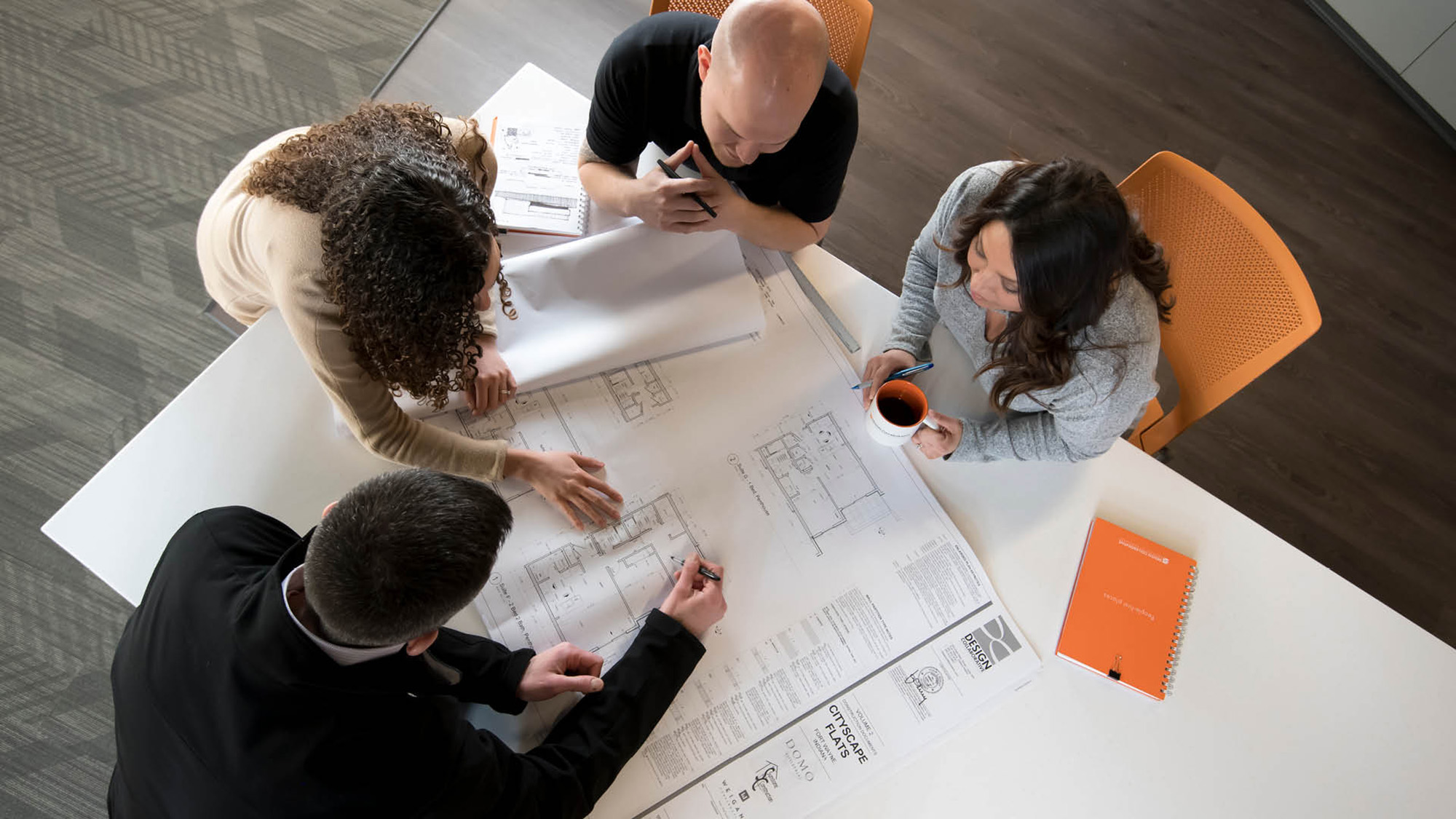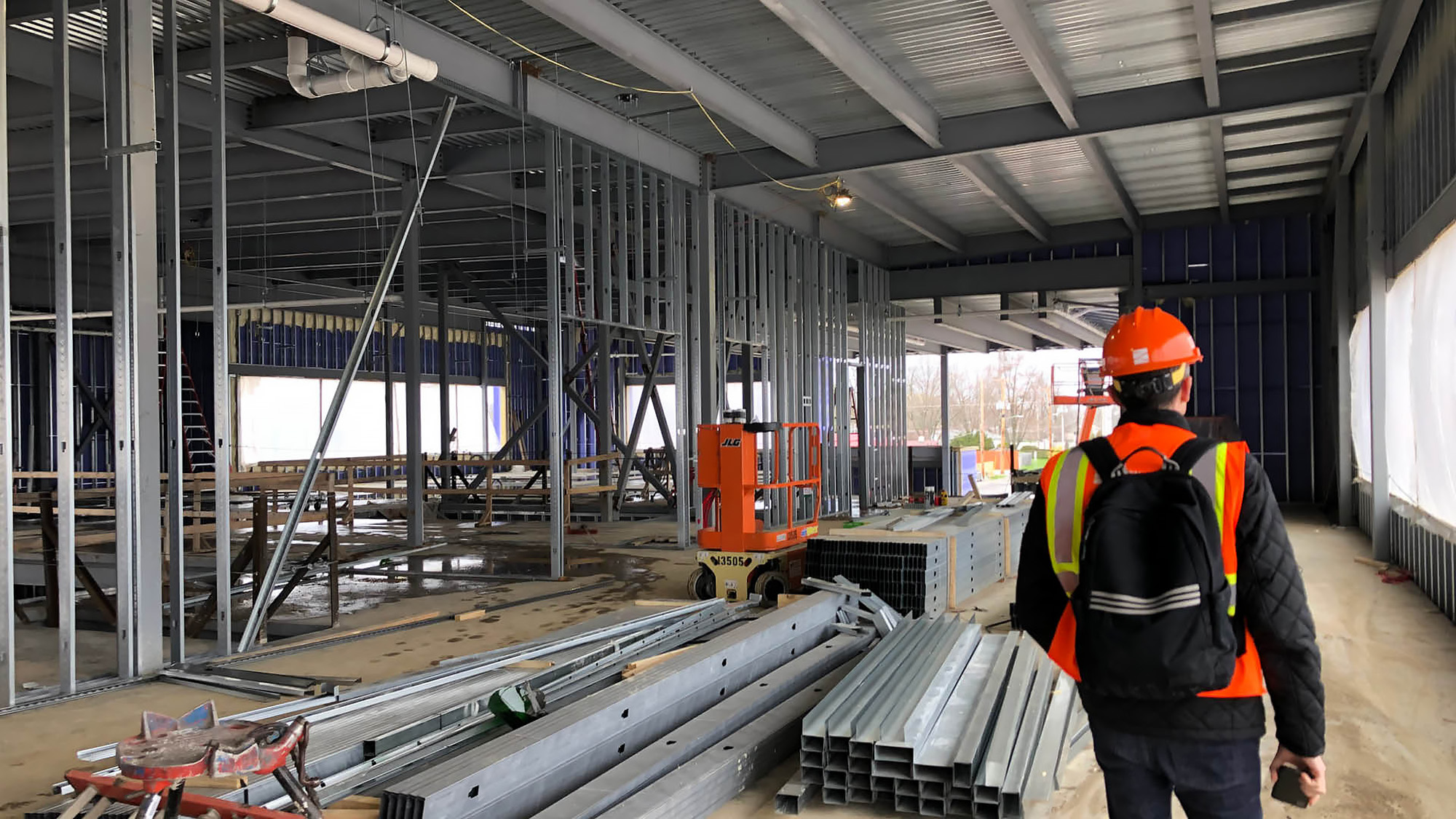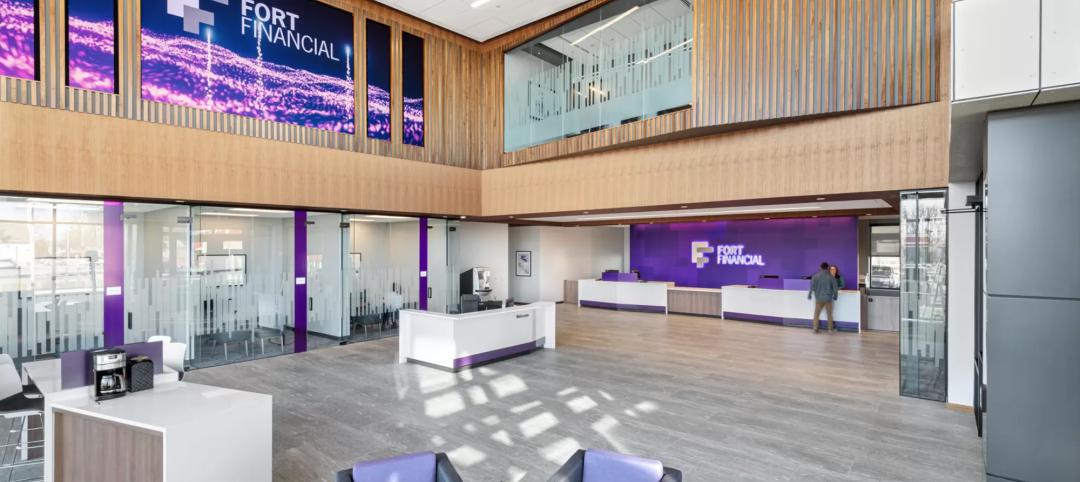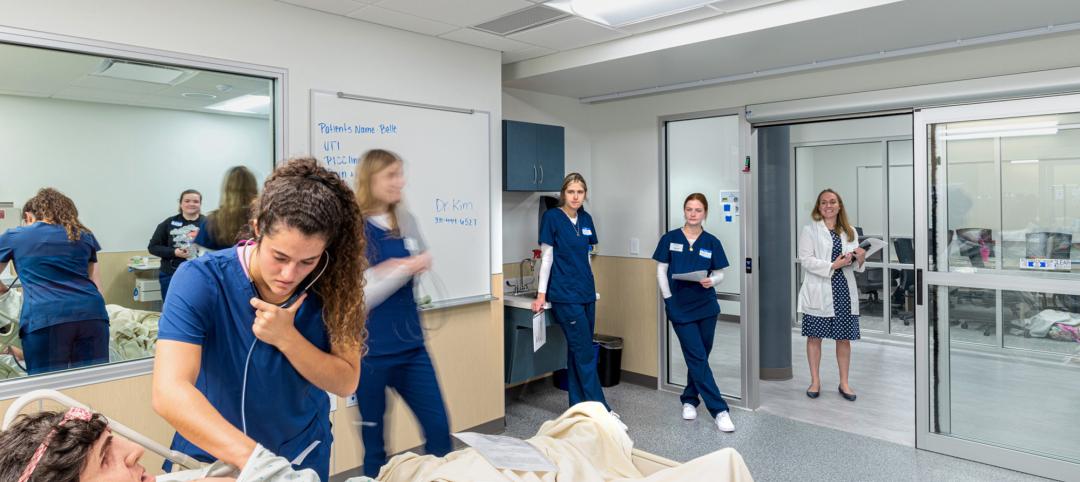One of the major hurdles that we attempt to forecast for our commercial construction projects is escalation. There are many factors that affect escalation in the construction world which include inflation, supply chain, and labor shortages. Predicting costs eliminates potential cost escalation and avoids stress throughout projects.
There are several reputable industry cost indexes that measure the construction market to help predict construction escalation. These commercial cost indexes including Turner, Consumer Price Index, and CBRE, have ranged a cost increase between 10% to 14% from January 2022 to this year’s end. It is important to be aware of cost escalation implications that have taken place in the last couple of years and what our industry is forecasting.
In addition to commercial cost indexes, we can talk with local contractors and use our own historical cost data from previous projects, to better understand how the market has been behaving and to make an educated guess as to what escalation percentage will be needed to include for the future.
How can we control costs in a volatile market?
- Order Early
- Early Construction Packages
- Continuous Cost Analysis
Order Early
“Currently, 77% of work order delays are attributable to unavailable materials. Standardize purchasing and your equipment configuration. Forward-buy critical spares and manage inventory. Engage with your suppliers to understand their dependencies and delivery risks (Facilities Management Cost Trends 2022, CBRE).” By encouraging facilities to order materials prior to building, project costs can significantly decrease and surprises late in the game can be avoided.

Early Construction Packages
Engaging a construction manager (CM) with the team early in the design process, allows for materials to be secured in the beginning stages. With materials and construction packages determined at the start, costs are less likely to change, projects are more likely to stay on budget, and cost estimations are more accurate.

Continuous Cost Analysis
Throughout the life of a project, but particularly in the design process, it is imperative to continually analyze project costs. It’s important to check costs not just at major milestone estimates including Conceptual, Schematic, Design Development and Construction Documents, but throughout the entire design. Preparing for add and deduct alternates is essential; add alternates are preferred with contractors being more aggressive to do more work. Additionally, it is important to identify long lead times to keep projects on track.

There is no rule of thumb that can predict how the market is going to change. But with factual, statistical information we can help validate cost prediction and expect what is to come for our next project.
More from Author
Design Collaborative | Oct 14, 2024
Higher education design for the first-gen college student
In this Design Collaborative blog, Yogen Solanki, Assoc. AIA, shares how architecture and design can help higher education institutions address some of the challenges faced by first-generation students.
Design Collaborative | Sep 16, 2024
Maximizing office square footage through ‘agile planning’
Lauren Elliott, RID, NCIDQ, Director of Interior Design, Design Collaborative, shares tips for a designing with a popular and flexible workspace model: Agile planning.
Design Collaborative | Aug 5, 2024
Mastering the art of project schedule: Expert insights on design and construction
We sat down with two experts in the design field, Ron Dick (Founding Partner and Architect) and Mike Niezer (COO and Architect), to talk about everything you need to know about the entire process.
Design Collaborative | Jul 1, 2024
Mastering office layouts: 5 primary models for maximum efficiency and productivity
When laying out an office, there are many factors to consider. It’s important to maximize the space, but it’s equally important to make sure the design allows employees to work efficiently.
Design Collaborative | Mar 4, 2024
Illuminating your path to energy efficiency
Design Collaborative's Kelsey Rowe, PE, CLD, shares some tools, resources, and next steps to guide you through the process of lighting design.
Design Collaborative | Feb 1, 2024
Prioritizing water quality with the WELL Building Standard
In this edition of Building WELLness, DC WELL Accredited Professionals Hannah Arthur and Alex Kircher highlight an important item of the WELL Building Standard: water.
Design Collaborative | Jan 19, 2024
How to strengthen office design as employees return to work
Adam James, AIA, Senior Architect, Design Collaborative, shares office design tips for the increasingly dynamic workplace.
Design Collaborative | Dec 12, 2023
Transforming workplaces for employee mental health
Lauren Elliott, Director of Interior Design, Design Collaborative, shares practical tips and strategies for workplace renovation that prioritizes employee mental health.
Design Collaborative | Nov 2, 2023
3 fundamental steps to crafting the ideal branch
Jared Monce, AIA, Architect, Design Collaborative, shares three guidelines when designing branches for financial institutions.
Design Collaborative | Oct 9, 2023
Design solutions for mental health as a secondary diagnosis
Rachel Vedder, RA, LEED AP, Senior Architect, Design Collaborative, shares two design solutions for hospitals treating behavioral health patients.
















